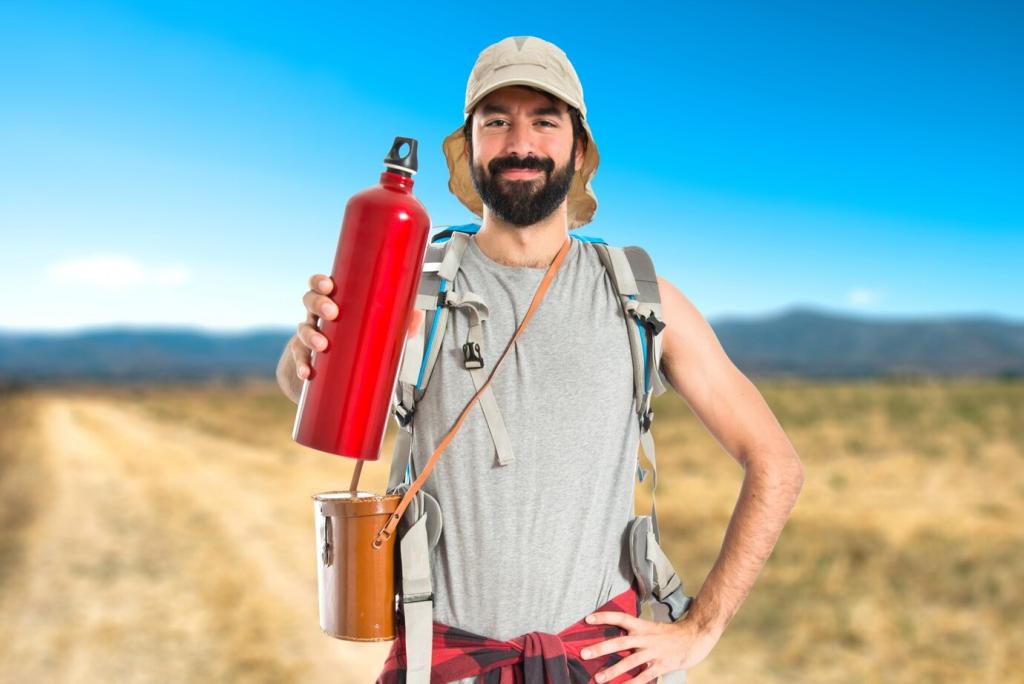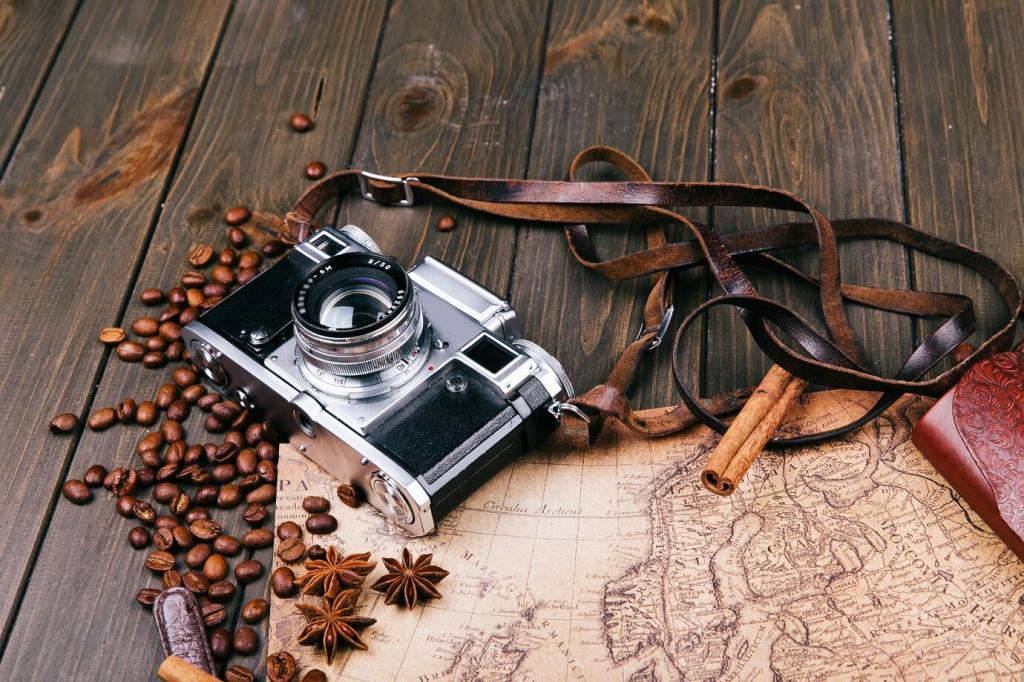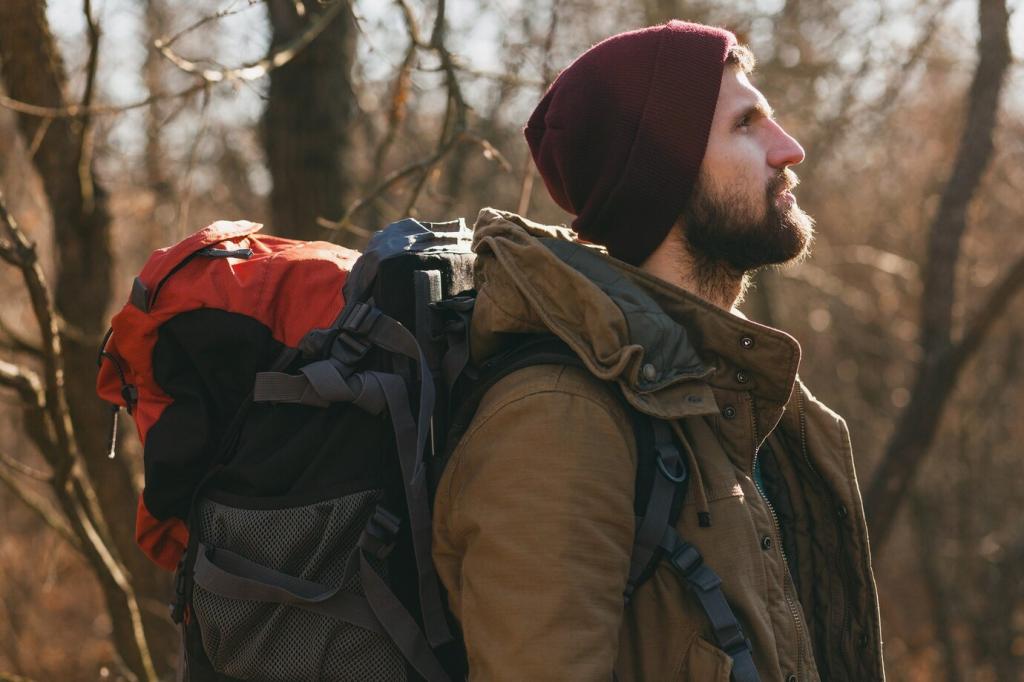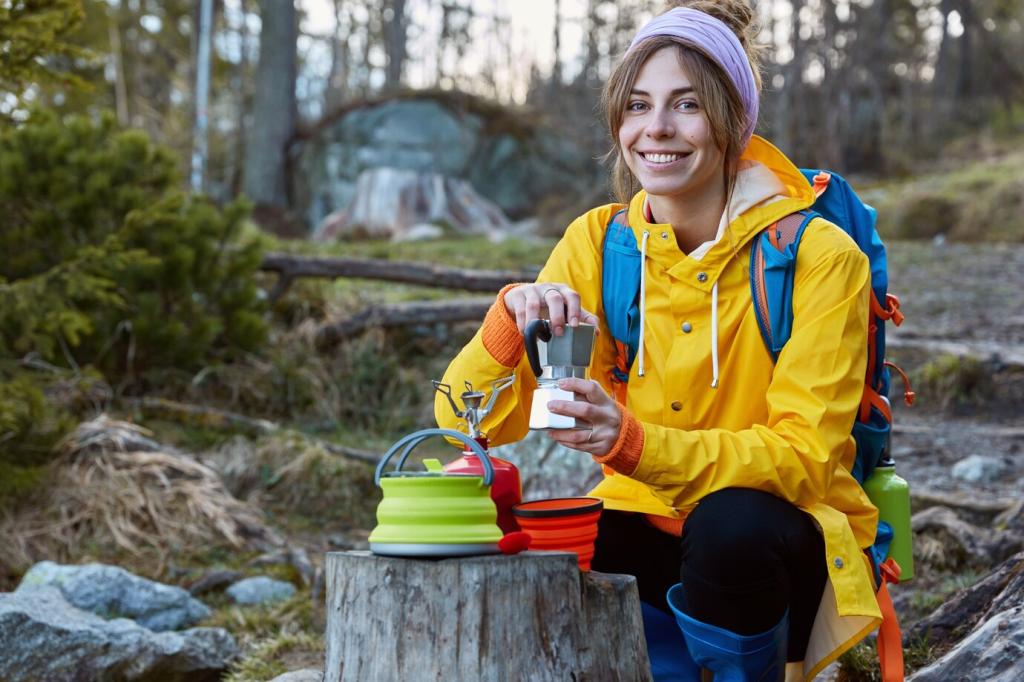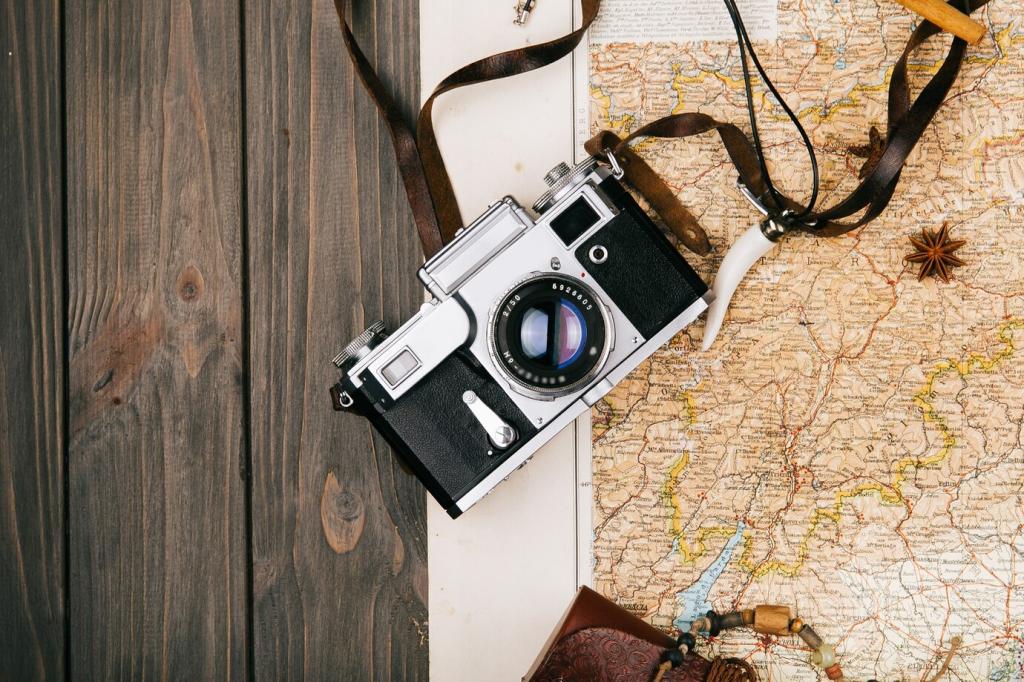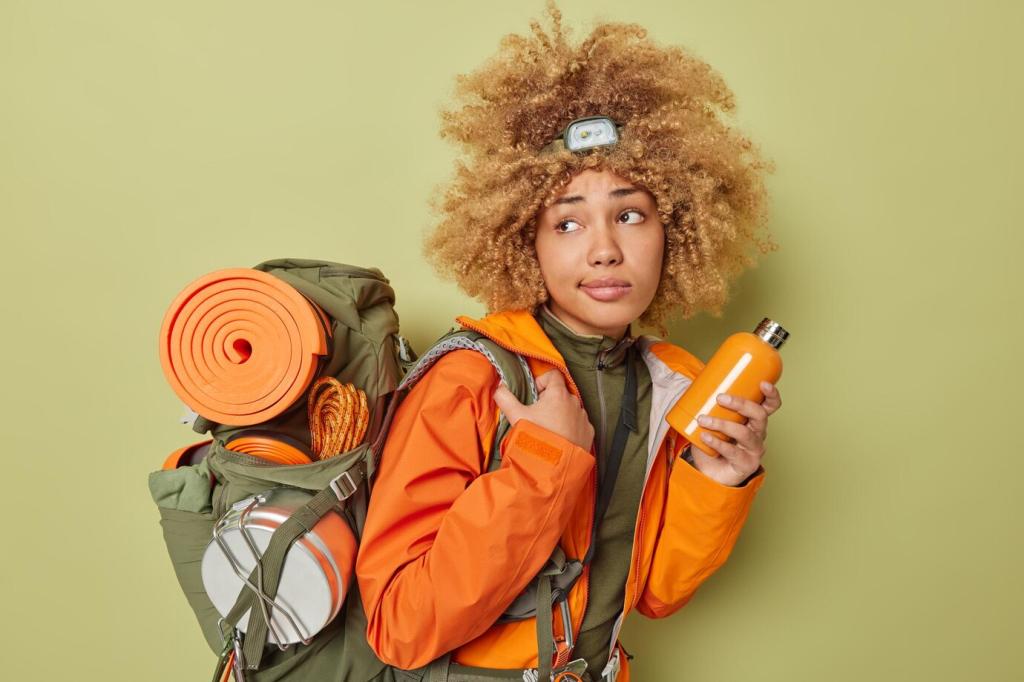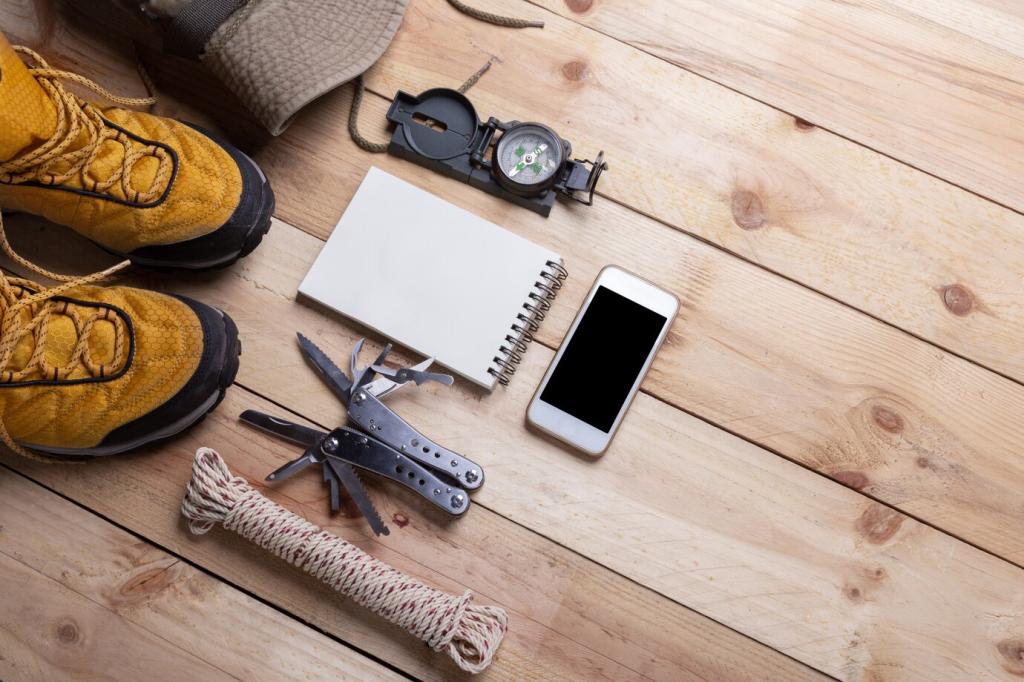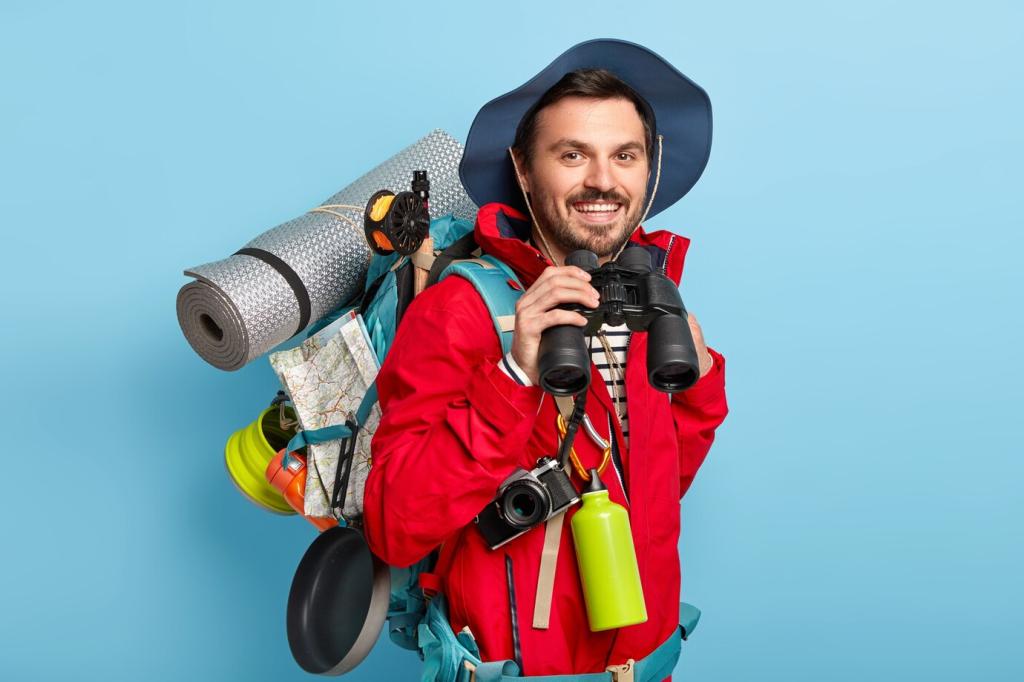Sunscreen that Actually Works Up High
Pick broad-spectrum SPF 30 to 50. Mineral blends with zinc or titanium often sting less when you sweat and offer durable coverage. Test at home, not at 3,000 meters. What texture survives your climbs best?
Sunscreen that Actually Works Up High
Lay it on thick: a generous teaspoon for face, ears, and neck, plus more for hands. Coat early, then wait fifteen minutes before full sun. Set a phone or watch timer to remind mid-ascent reapplication.
Sunscreen that Actually Works Up High
Use SPF lip balm often; wind dries fast at altitude. Don’t forget ear tips, nose bridge, and beneath the chin. Clip a tiny bottle to your shoulder strap. Comment with your clever reapply cues.

